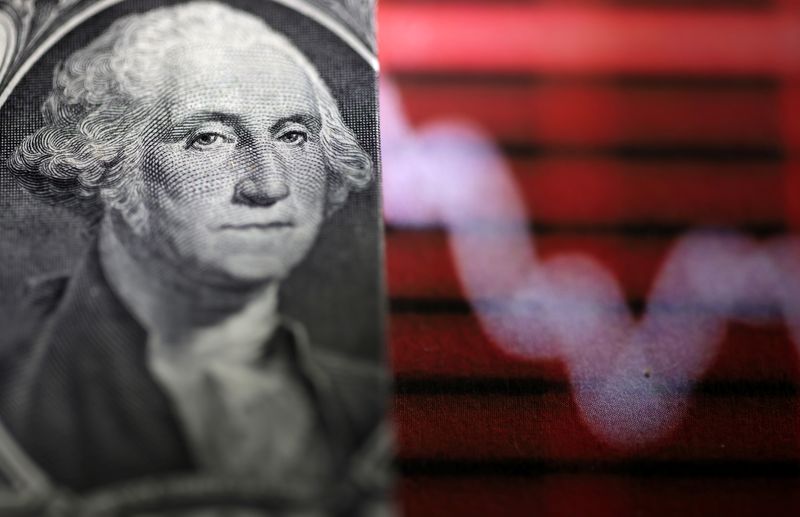By Ann Saphir
(Reuters) -Federal Reserve policymakers, who have driven U.S. borrowing costs up faster this year than at any time since the 1980s, got one less reason to slow down on Friday after a government report showed inflation continues to run at a red-hot pace.
The personal consumption expenditures price index, the measure by which the Fed targets 2% inflation, rose 6.2% in August from a year earlier, down from 6.4% in July, the Commerce Department reported. Underlying inflation, as measured by a core reading that excludes food and energy prices, rose 4.9% in the 12 months through August, up from 4.7% in the prior month.
Even before the report the Fed was widely expected to deliver a fourth straight 75-basis-point interest rate hike at its next policy meeting in November.
U.S. central bank policymakers have increased their benchmark policy rate by 3 percentage points to a range of 3.00% to 3.25%, and have signaled they expect to deliver another 1.5 percentage points of rate hikes by early next year, and then keep the policy rate there through 2023 to slow the economy and undercut price pressures that have been running at 40-year highs.
"What we need to see is decreasing inflation on a sequential basis, and we're just not seeing that yet," said Art Hogan, chief market strategist at B. Riley Wealth.

The Fed got some relief on Friday from a University of Michigan survey that showed consumers see inflation five years from now at 2.7%, its lowest reading of longer-term inflation expectations since April 2021.
U.S. interest rate futures contracts are pricing in about a 60% chance the Fed will raise rates by three-quarters of a percentage point at the Nov. 1-2 policy meeting, versus about a 40% chance of a smaller half-percentage-point hike, according to CME Group's (NASDAQ:CME) FedWatch tool.